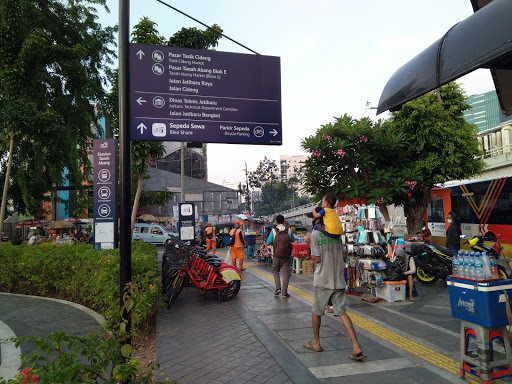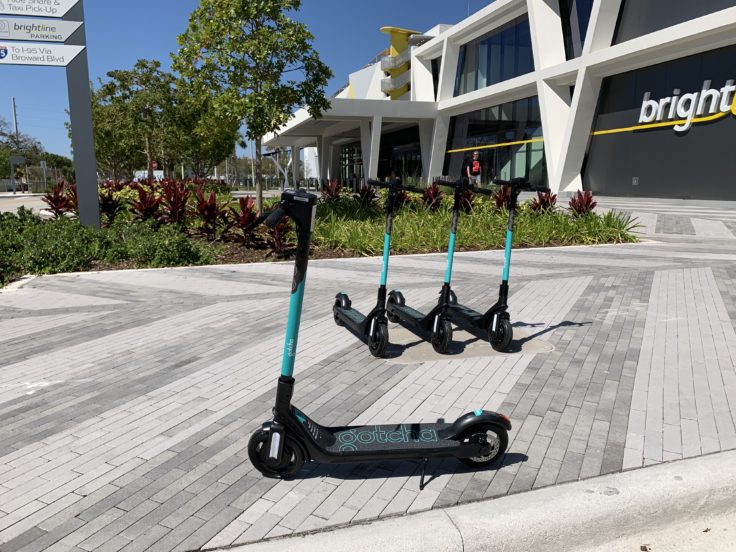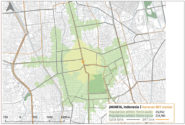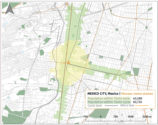
June 30, 2021
Maximizing Potential by Connecting Micromobility and Transit
Micromobility is defined as small, electric- or human-powered devices that typically operate below 25 km/h and are ideal for short trips, vehicles like bicycles, e-bikes and e-scooters, are some of the more popular and identifiable micromobility options.
When the pandemic crisis began, the world stopped and many norms and functions were interrupted, disrupted, or changed completely. Mobility was one that stood out for its quick transformation and improved changes. The status quo of driving everywhere changed when people started to walk and cycle at record rates – these active modes were quickly embraced, demonstrating a real appetite for a shift in mobility worldwide.
One piece of the increased walking and cycling success has been the surge of micromobility. During the early months of the pandemic, many cities provided free bike share access to frontline health and other essential workers, some provided healthcare workers with e-bikes to enable direct, distanced access to work. Shared micromobility systems gave people an alternative to crowded buses or long walks, and continued to complement sustainable transportation modes, particularly as first-last mile connections.
As some cities around the world continue to experience lockdowns, the need for flexible and reliable transportation options is obvious and urgent. As cities reopen or plan to reopen, there is tremendous opportunity to rethink existing mobility systems. One new opportunity is intentionally and significantly integrating shared micromobility modes into transport systems. Doing so will help cities ensure that people do not return to the status quo of driving, and instead rely on safer, more resilient, and sustainable mobility for their transportation needs.
In many cities, the transportation tools—public transportation, walking, cycling and micromobility— are in place, but they may not be connected in ways that maximize the potential of the entire transport network.


Multimodal trips are ones where people use numerous and different modes of travel to reach their destination. Multimodal integration makes these trips easier and more affordable for people through connected infrastructure and payment.
Since the explosion of privately-operated shared bicycles and e-scooters on city streets in 2018, many cities have approached shared micromobility offerings with concern, designing and implementing strict regulations to counter negative impacts like oversupply and unsafe riding. As cities learned from each other, best practice recommendations for shared micromobility regulation emerged. However, in most cases, regulation of shared bicycles and e-scooters alone does not enable cities to use these modes to their full potential to fill transport network gaps. While regulation is an important tool to manage operations, integrating shared micromobility presents a real opportunity to expand access and offer people quick and affordable mobility options.

ITDP’s new report, Maximizing Micromobility: Unlocking Opportunities to Integrate Micromobility and Public Transportation explores how cities have approached multimodal integration in the past, and what lessons can be applied to integrating micromobility with public transport. Integration improves reliability, affordability, and flexibility of multimodal trips; increases ridership across modes; and expands the population within an accessible distance to transport stations. Physical integration, in particular, expands access. The maps below show a significantly higher percentage of the population is within a 15-minute cycle (or other micromobility) trip using cycle lanes compared to a 15-minute walk of a public transit station in Jakarta, Indonesia, Mexico City, Mexico, and Fortaleza, Brazil.
The report also presents five key takeaways for cities to maximize micromobility, and take advantage of this unique moment of transition and opportunity. Cities should:
- Lead the integration process and develop strong working relationships with private operators committed to integrating services,
- Shift focus from regulating micromobility to using micromobility to fill in gaps in transportation systems,
- Focus on integration as a path to expanded access
- Start with physical integration, like linking cycle lanes to and building micromobility part at transit stations,
- Use shifts in travel demand, like those experienced in response to the COVID-19 pandemic, to pilot integrative services.
One easy first step is to make temporary cycle lanes, those built during the pandemic and many of which lead to transit hubs, permanent.
Now is a unique chance for cities to more explicitly integrate micromobility with other transport modes as an opportunity to ramp up low- and zero-carbon mobility, in response to the COVID-19 pandemic and to help combat climate change. Integrating micromobility with public transport can help people access destinations in less time and at a lower cost than when these modes are disconnected.
By ensuring that micromobility and public transportation are the fastest most cost-effective option for most trips, integration can lead to improved urban resilience, better air quality, fewer greenhouse gas emissions, and more livable cities.



